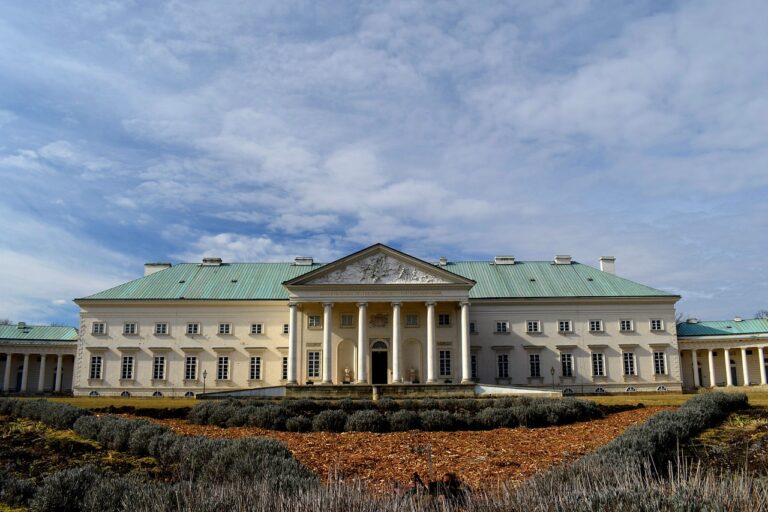The Role of Food in Cultural Identity: Exploring Culinary Traditions and Heritage: All panel login, Mahadev book online, Get cricket id
all panel login, mahadev book online, get cricket id: The Role of Food in Cultural Identity: Exploring Culinary Traditions and Heritage
Food has always played a significant role in shaping cultural identity around the world. Culinary traditions and heritage are deeply intertwined with a community’s history, values, and beliefs. From traditional recipes passed down through generations to communal feasts that bring people together, food is a powerful symbol of cultural identity.
Exploring Culinary Traditions
One of the most tangible ways to experience a culture is through its food. Each region has its unique flavors, ingredients, and cooking techniques that reflect the local environment, history, and values. For example, in Italy, pasta and pizza are iconic dishes that symbolize the country’s rich culinary heritage. Similarly, in Japan, sushi and ramen are staples that showcase the country’s emphasis on fresh, high-quality ingredients and meticulous preparation.
The act of preparing and sharing food is a way for communities to connect with their roots and preserve traditions. Family recipes are often treasured heirlooms passed down from one generation to the next, preserving the flavors and techniques of the past. Cooking together and sharing meals with loved ones is a way to bond, celebrate, and honor cultural heritage.
Food as a Cultural Symbol
Food is not just nourishment; it is also a cultural symbol that carries deep meaning and significance. In many cultures, certain dishes are associated with specific holidays, festivals, and rituals. For example, in Mexico, tamales are a traditional dish served during Christmas, symbolizing unity and celebration. In India, different regions have their own unique spice blends and cooking styles that reflect the diversity of the country’s cultural heritage.
Food can also be a form of artistic expression, with chefs and home cooks alike putting their unique spin on traditional dishes. Fusion cuisine, which combines elements from different culinary traditions, is a testament to the ever-evolving nature of food and culture.
Preserving Culinary Heritage
As the world becomes more interconnected, there is a growing concern about the loss of culinary heritage and traditional recipes. Many indigenous communities are working to preserve their traditional foodways in the face of globalization and industrialization. Organizations like Slow Food International are dedicated to promoting local, sustainable, and traditional food practices to preserve cultural diversity and culinary heritage.
FAQs
Q: How does food contribute to cultural identity?
A: Food is a powerful symbol of cultural identity, reflecting a community’s history, values, and beliefs. Traditional recipes, cooking techniques, and ingredients all play a role in shaping a culture’s culinary heritage.
Q: Why is it important to preserve culinary traditions?
A: Preserving culinary traditions is essential for maintaining cultural diversity and heritage. Traditional recipes and food practices are an integral part of a community’s identity and history.
Q: How can individuals celebrate and support culinary heritage?
A: Individuals can celebrate and support culinary heritage by learning about different culinary traditions, trying new foods, and supporting local farmers, producers, and chefs who are dedicated to preserving traditional foodways.
In conclusion, food is more than just sustenance; it is a powerful symbol of cultural identity that connects us to our roots and heritage. By exploring culinary traditions and celebrating the diversity of food culture around the world, we can appreciate the richness and complexity of human society.







